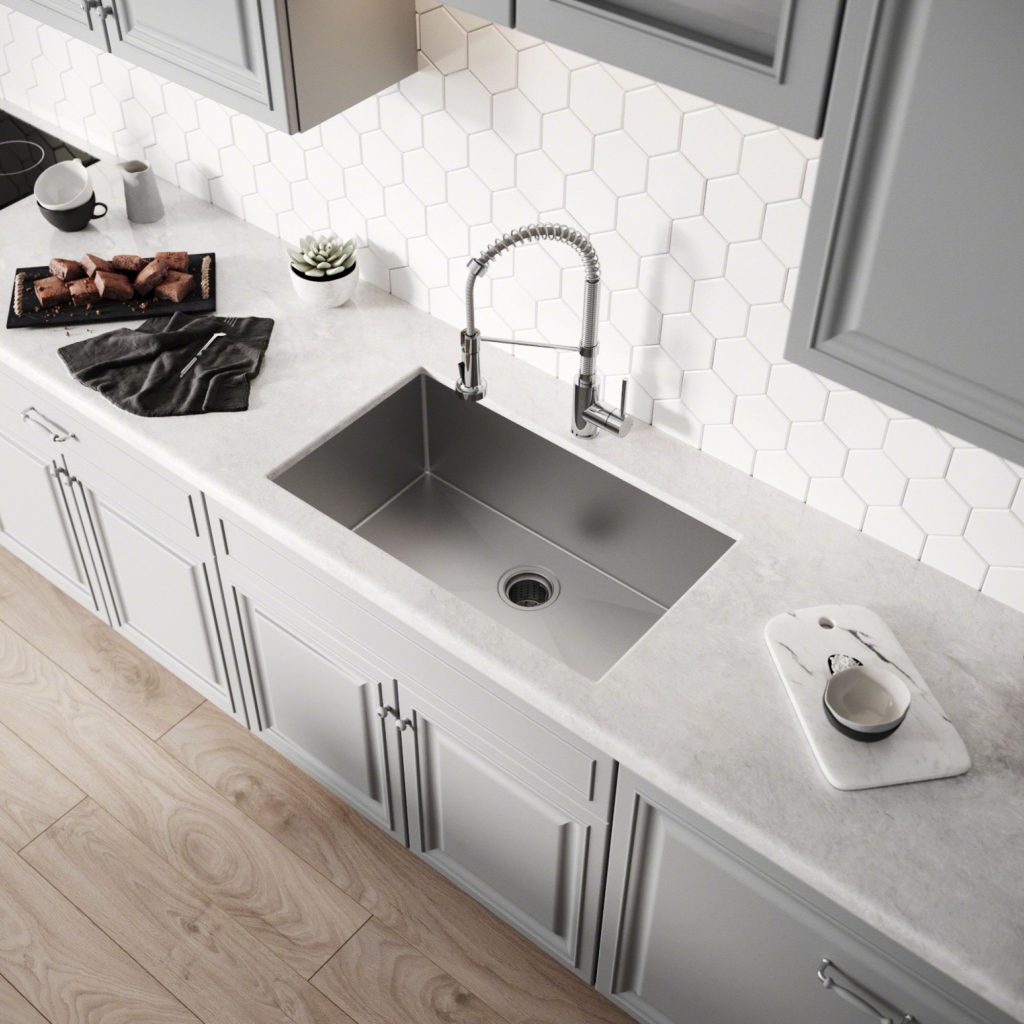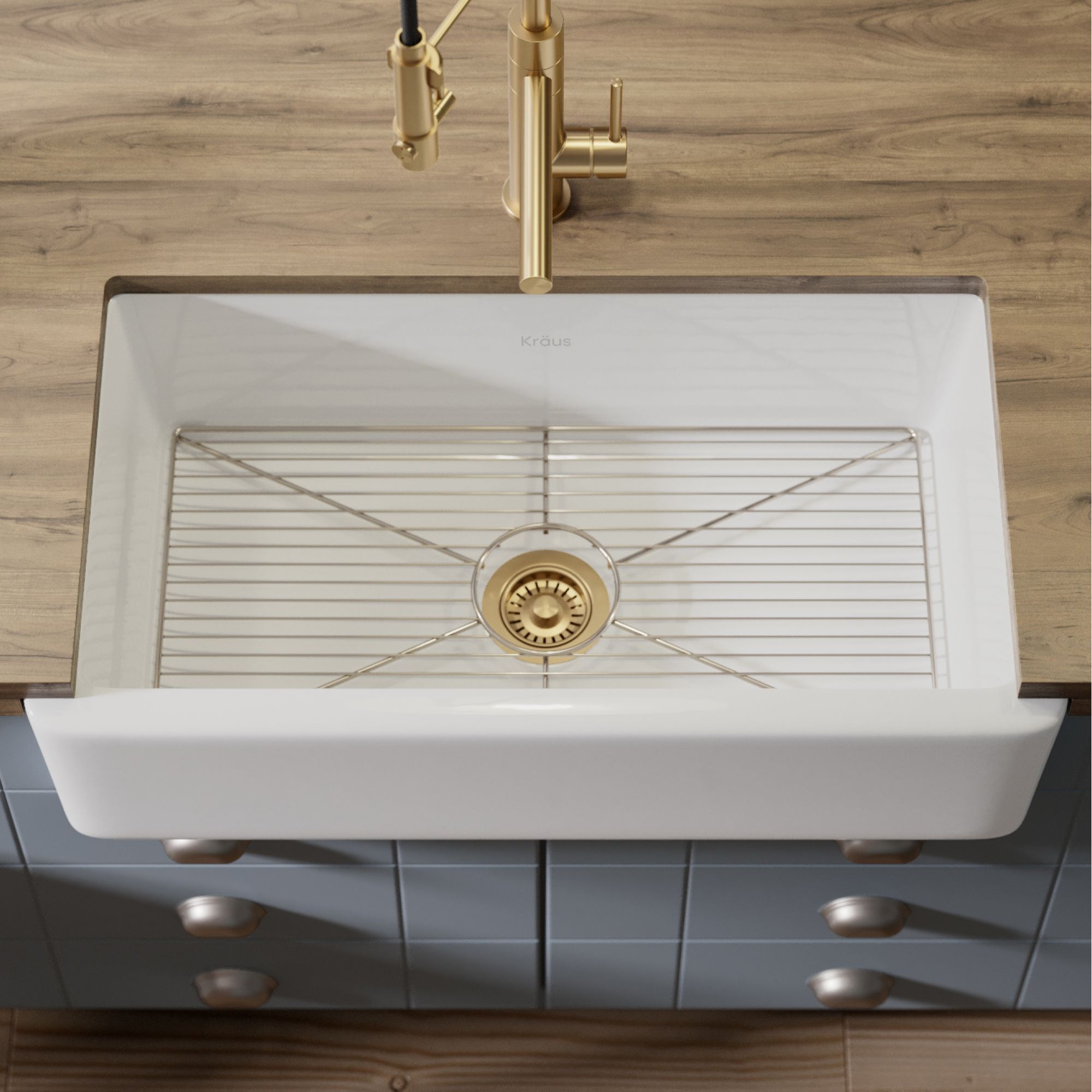A utility sink is a workhorse for every household sink. It is a multi-functional watering hole that has several uses and is not restricted to laundry. The primary distinction for the utility sink, compared to the bathroom or kitchen sinks, is the emphasis on functionality and durability and its capacity to resist stains and manage any kind of messy grime, like mud.
You might get the utility sinks in a laundry room to function as laundry sinks. But it can also be useful for your basement, garage, outdoors, and mudroom. Today, several types of sinks are available, which even includes a large-capacity utility sink. In this article, we will discuss the ways to choose the correct sink for your house.
The uses of utility sinks
You can identify a utility sink by the number of its various monikers, for instance, the garage sink, laundry sink, wash sink, basement sink, slop sink, mudroom sink, shop sink, mud sink, and a tub sink. Irrespective of the name, the objective is the same. The utility sinks can get used for any type of cleaning and can also help during the mopping process. You must decide the way you wish to use a utility sink and choose the one that caters to your requirements,

The kinds of utility sinks
The utility sinks are present in multiple styles, such as a vanity or a kitchen sink. But these happen to be the most recommended and standard styles for utility reasons.
- Undermount
These sinks prove to be handy as they don’t possess a rim where grime and dirt can pile up under. It can’t even hide under the thread or fabric. It needs adhesive and clips for sticking to the countertop bottom.
- Drop-in
You can easily install this sink as it’s possible to drop them to the sinkhole of the countertop. You need to ensure to reinforce cabinetry beneath, in case it’s of a hefty material.
- Wall-mount
It’s possible to save space simply by installing this sink on the wall. It is also known as the flush-mount utility sink as it’s perfect for areas where you have zero cabinet sink space.
- Freestanding
The freestanding utility tubs that come with four legs are effective in mudroom, garage and any other utility space. Usually, it is available in several industry styles, that gets made using cast iron and steel. Usually, you will come across the laundry and utility sinks as the single-basin sinks, which are deep and big for averting splashing, irrespective of whether you are washing a dog or doing laundry.
- Farmhouse
If you want to narrow it down to the nostalgic charm and have an easy access, the farmhouse sink is the best option. It is spacious and can accommodate your needs. Even the double-basin sinks are functional, especially when you require two basins for rinsing, washing or mopping or opting in for any double duty activity. Everything depends on the way you wish to use the utility sink so that you know your requirements.
The ideal materials for a utility sink
Durability is the main factor that counts when it comes to a utility sink. In this article, we will also touch upon some of the best utility sink materials that are available. You can select depending on your budget and the functionality requirements.
- Stainless steel
It is a sturdy material, which is dust-resistant and is highly durable, that’s what makes it the correct option for utility sinks. The stainless-steel laundry sinks can have dents and scratches and might make some noise. However, you can resolve that using noise dampeners during the installation process. The thick gauge steel offers more silence and strong and is not vulnerable to denting. However, it tends to be costlier than other options. The neutral sheen of the stainless-steel sinks is also the highlight of most designs.
- Cast Iron
The other material that is durable for utility sinks is cast iron. It is beautiful and durable and comes with a non-porous enamel layering, available in multiple colors. However, this enamel might need frequent cleaning using baking soda and mild detergents. The harsh chemicals and abrasive cleaners can result in a stain on the coating. The heavy objects becoming cold also chip and crack the enamel, thereby exposing the iron within to rust. And a grid at the base can secure the cast iron sink from these drops. The reinforcements for the cabinets and each professional installation might be needed for such sinks depending on their heaviness.
- Copper
Copper is a high-end material used for utility sinks owing to its handcrafted essence and pretty patina that gets developed with time and heat. This material proves to be more antimicrobial in comparison to the stainless-steel utility sinks. And that indicates that there is no need to fret about mildew getting created when you keep the laundry on the sink. And similar to stainless steel, you need to select a lower gauge copper for preventing denting. You need to consider the maintenance when it comes to a copper utility sink, since acids and hot utensils can result in stains.
- Ceramic and fireclay
The ceramic and fireclay utility sinks are robust, fairy durable, and beautiful to look at. They can stand against the scrubbing, stains, and even high temperatures. These sinks are also resistant to fading, acid, and rust. And it is fairly easy to clean this sink, and can you can maintain the sink better using water and dish soap. If there is a tough spot, you can use baking soda to clear it. But at times, these sinks can get vulnerable to cracks from dropped or heavy objects. You might want to add a grid at the bottom of the sink based on the way you use it.
Last but not least, there is the plastic, resin, and acrylic utility sinks. It is usually known as the solid surface sink, as its affordable, moldable, lightweight, and durable. Some of these variants might get scuffs and scratches, and you need to maintain it accurately. These are some of the factors that you need to consider when you are trying to choose the best utility sink for yourself.















